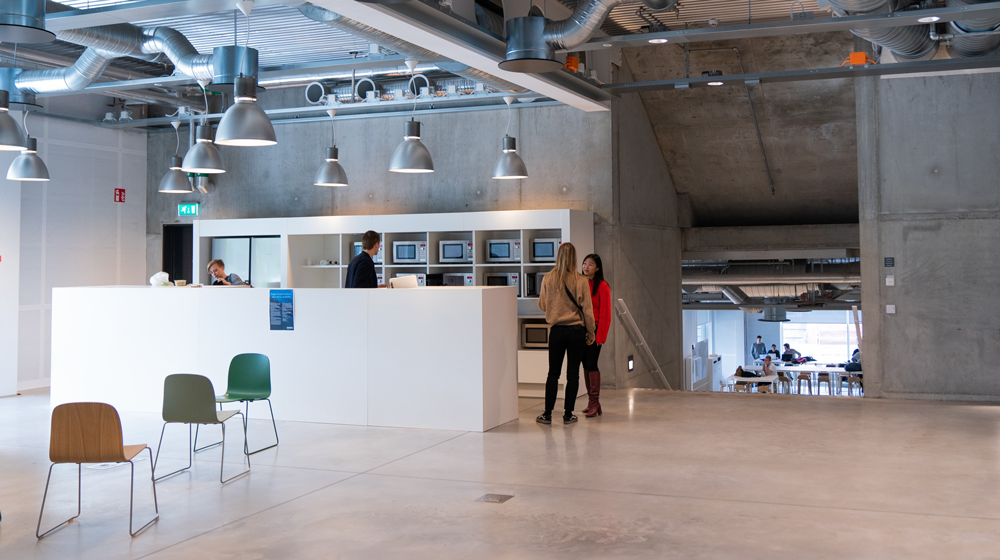Climate footprint can be cut by half with co-living

The climate footprint per person can be reduced by more than 50 percent if the homes are designed to share common areas such as kitchens and bathrooms. This is shown by research from KTH in Live-In Lab, where co-living is a hot topic.
Anyone who watched SVT's "Report from 2050" has got a hint that we will both have smaller living spaces and share them with several people in the future.
"Testbed KTH" in Live-in Lab has already been rebuilt into a so-called "co-living", and next summer a new co-living floor plan will be built. Here one will be able to do detailed studies on shared spaces, sound, kitchen design and shared bathrooms.

“We will see more of co-living in the future”, says the Center Director Jonas Anund Vogel. “Living spaces are both expensive and result in a large climate footprint, so we need to use space more efficiently. Booking spaces when needed is already a new business model, and even in housing, the trend seems to continue and develop”.
Akademiska hus has together with KTH, HSB Living Lab and a number of other partners produced the study "Future shared housing: A report on sustainability in lifestyle and housing". The study has examined housing for students, researchers and young adults from several perspectives - financial and organizational conditions, housing and building design and the residents' opportunity for a sustainable lifestyle.
The study shows that the climate footprint per resident can be reduced by more than 50 percent during the construction phase if you plan to share more space than today. Above all, it is climate-intensive places such as kitchens and bathrooms that contribute to the halving.
“As buildings become more and more resource efficient, the climate footprint related to the construction phase becomes an increasing part. Figures currently stand at around 50% for construction and 50% for operation. Reducing the living space is a way of reducing the climate footprint”.
But Jonas also sees multifunctional rooms that can be used such as a dining room at certain times, study rooms at other times and conference rooms at special occasions. This reduces the cost per individual, but maintains the actual benefit.
Sharing housing with others can also have positive effects on the health, Jonas points out:
“Social interaction is becoming increasingly important, which has really accentuated during the corona pandemic. The student years is a part of life where many leave their loved ones to start a new chapter in a new city, or a new country. If we build to facilitate social gatherings and new acquaintances the quality of life can be increased and the risk of exclusion reduced”.
For actors in the construction and real estate sector who want to reduce their climate impact, the study can give a hint about what the housing form “co-living” can contribute with, and Akademiska Hus believes it will be useful when they build for students:
“This will give us guidance when we design student housing that will partly contain shared areas”, says Susanne Malmgren, Head of student housing at Akademiska Hus in a press release.
Text: Anna Gullers
